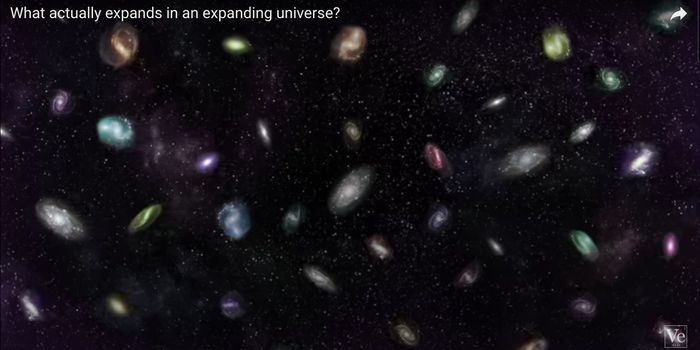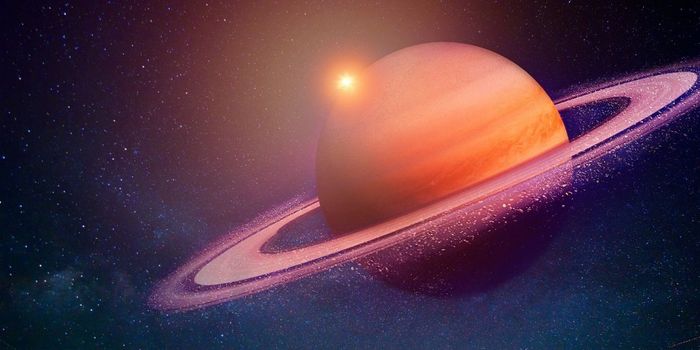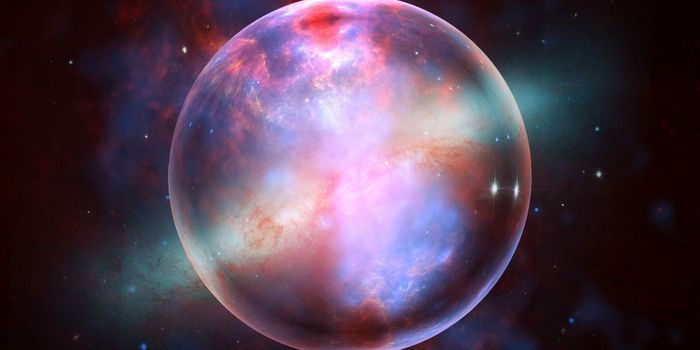Black Holes Continue to Baffle Astronomers
Black holes are a significant mystery of our universe in and of themselves, but supermassive black holes tend to make the concept even more confusing than it already is.
Out of all the black holes known to humankind, most are either small or excessively large, and there isn't much in between. Smaller ones are merely referred to as 'black holes,' while larger ones are known as 'supermassive black holes.' But what bridges one to the next?
Astronomers continue to search for the missing link after eons of research, but they keep coming up empty-handed. Nevertheless, they refer to these mid-sized counterparts as 'intermediate-mass black holes.'
Experts believe that intermediate-mass black holes could shed some light on how smaller black holes grow into supermassive ones, but some details still don't make complete sense. For example, some supermassive black holes are both ancient and gigantic, and astronomers don't understand how they could have gotten so large so fast in the early universe.
We undoubtedly have a lot to learn about black holes, but once we start finding more of these so-called intermediate-mass black holes, perhaps we'll start finding the answers we're looking for.








